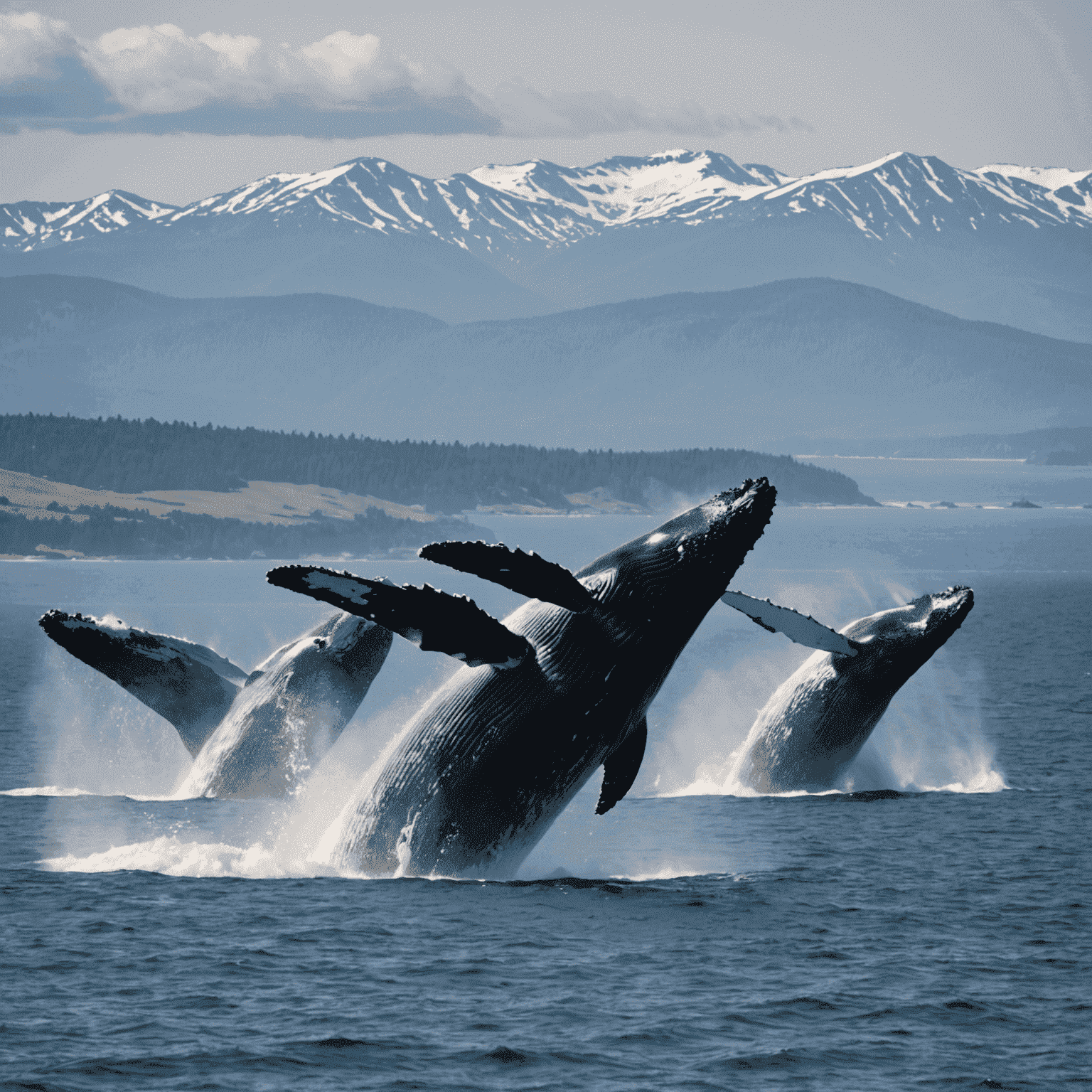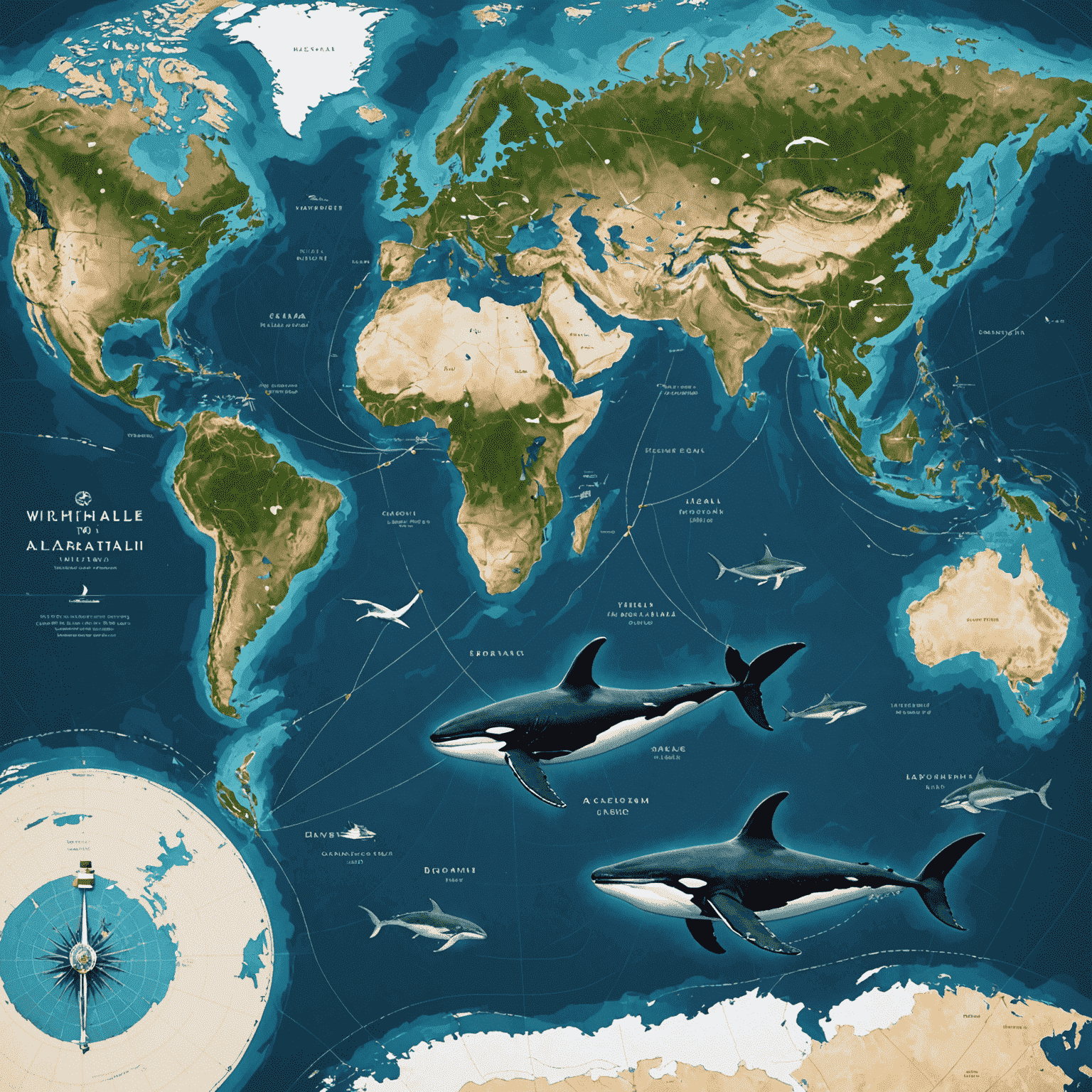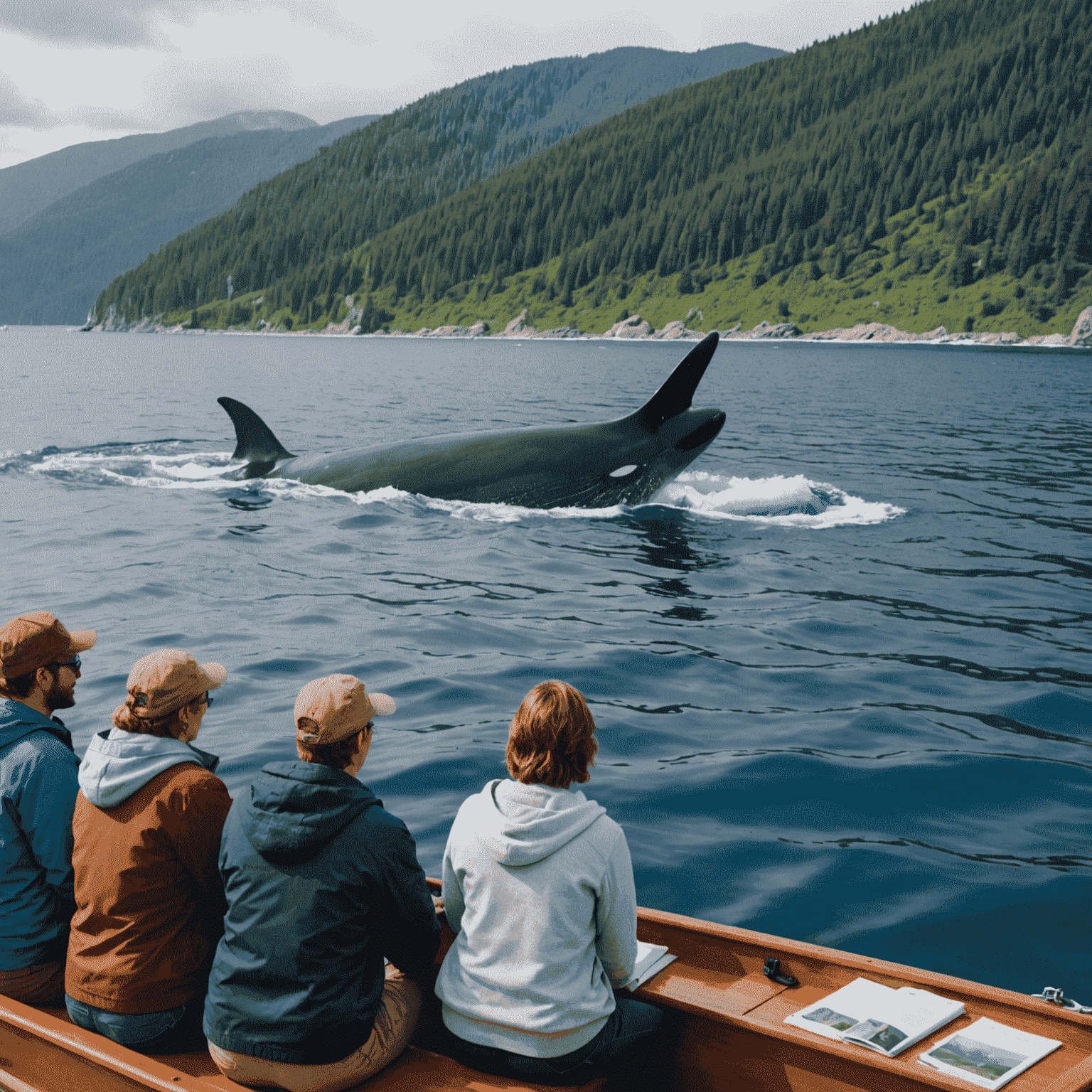Whale Migration Routes: When and Where to Watch

Witnessing the majestic journey of whales as they migrate across vast oceans is one of nature's most awe-inspiring spectacles. However, it's crucial to approach whale watching with respect for these magnificent creatures and their habitats. This guide will help you plan an ethical whale watching experience by highlighting the best times and locations, while emphasizing sustainable tourism practices.
When to Watch
Whale migration patterns vary by species and location, but generally fall into two categories:
- Summer feeding migrations: Many whale species travel to colder, nutrient-rich waters near the poles during summer months (June to August in the Northern Hemisphere, December to February in the Southern Hemisphere).
- Winter breeding migrations: Whales often return to warmer, tropical waters for breeding and calving during winter months (December to February in the Northern Hemisphere, June to August in the Southern Hemisphere).
Where to Watch
Some of the world's best whale watching destinations include:
- Kaikoura, New Zealand: Year-round sperm whale sightings, with migratory species like humpbacks from June to July.
- Hervey Bay, Australia: Humpback whales from July to November during their southern migration.
- Monterey Bay, California, USA: Gray whales from December to April, with other species like humpbacks and blue whales from April to December.
- Husavik, Iceland: Various species including blue whales, humpbacks, and orcas from May to September.
- Peninsula Valdes, Argentina: Southern right whales from June to December.

Sustainable Whale Watching Practices
To ensure your whale watching experience is ethical and sustainable:
- Choose operators certified by responsible whale watching organizations.
- Opt for land-based viewing where possible to minimize disturbance.
- If boat-based, select operators who follow local guidelines on approach distances and engine noise.
- Avoid peak seasons to reduce overcrowding and stress on whale populations.
- Learn about the species you're likely to encounter and their conservation status.
- Support local conservation efforts and marine protected areas.
Remember, responsible whale watching isn't just about seeing these incredible animals—it's about fostering a connection with marine life that inspires conservation. By following these guidelines, you can enjoy unforgettable Marine Life Encounters while contributing to the protection of whales and their ocean habitats for generations to come.
